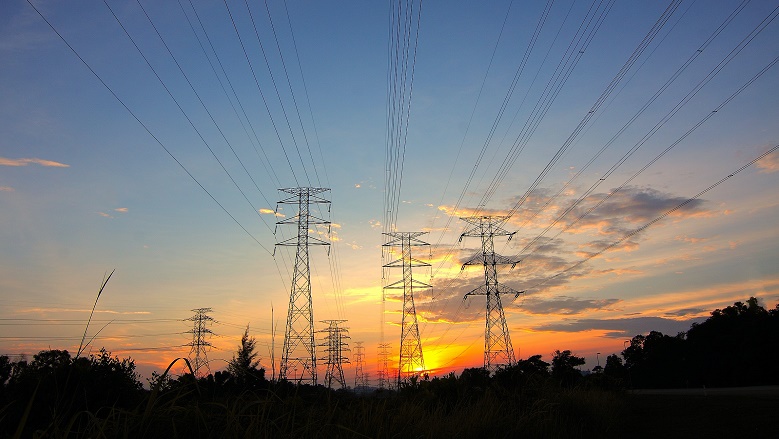What is a Green Sustainability-Linked Loan (GSLL) and how does it work?
The GSLL is both a green certified loan and a sustainability-linked loan – which is unusual because it’s commonly either one or other.
Most sustainable finance is about either funding assets that advance transition and/or social inclusion, or incentivising actions and operational changes that propel transition and drive improved societal outcomes. The first, which is sometimes referred to as ‘Use-of-Proceeds’, are the Green, Social or Sustainability loans and bonds where the proceeds raised can be used strictly for those specific green or social assets.
The other common structure is called ‘sustainability-linked’, where the proceeds from these loans and bonds can be used for general corporate purposes, but the cost of funding is tied to hitting certain targets around sustainability.
The GSSL is a combination of both of these structures. This loan is green because the funds raised will go to finance electrified trains, which are a form of low-carbon transport that can be used in the future low-carbon economy. The loan is also sustainability-linked because the cost of funding is tied to achieving Sustainability Performance Targets, which encourages the borrower to improve their operational activities to support those trains to be more sustainable.
How is the transaction innovative?
Structuring the GSLL for Reliance Rail was an example of how sustainable finance products can be used to not only support, but drive sustainable outcomes.
Sustainable Finance has been developed to create impact and drive positive behaviours and the Reliance Rail GSLL epitomises this focus. The client could have easily chosen to do a standard green loan – it would have been easier, faster and require less effort in the future. Instead, Reliance Rail strived to create opportunities and incentives to collaborate with its partners and investors to improve the asset even further.
Additionally, as part of the structuring work we completed for the client, we helped Reliance Rail create a mechanism for further sustainability improvements by ring-fencing any savings from the SLL purely to fund sustainability initiatives for the asset.
What does this say about the sustainable finance market?
It’s exciting to see the evolution for those projects and assets that already have strong green credentials. Until now, if you were funding a green asset, the goal was to recognise those credentials and the asset as an important part of the future. And those are important credentials – for example, in the property space, from energy efficient elevators to air conditioning, those aspects help cut the emissions footprint by requiring less electricity. But now, operators of low-carbon assets are asking “what else can we do? How can we take this further?” – and that’s sending a powerful signal to the market that even at the top end of the range and even for mature infrastructure projects like Reliance Rail, there are ways to lift your game. It’s also a powerful signal about transparency, and the willingness of an issuer to do the additional reporting work to create such outcomes.
What does this new structure offer potential issuers?
We see issuers turn to sustainable finance to demonstrate their commitment to sustainability – whether it’s about recognising the green credentials of a low-carbon asset or the ambitious performance targets they’ve set for their operations. The dual-label is a way to recognise both of those things – the work done to create a green asset, and the commitment to drive further improvements in the sustainability performance of your operations.
As such, a GSLL can work to elevate the issuer’s commitment to sustainability and drive potential savings to reward such improvement. The only challenge is that the dual-label requires the issuer to do additional work to meet two standards and commit to additional reporting and transparency, when compared to a single label loan.
What does the future look like for dual-label loans?
I think we can expect other issuers to explore issuing GSLLs because this dual-label structure opens the door for a more holistic approach to sustainable finance. We could see this resonate with sectors including energy, real estate, infrastructure, healthcare and education, among others. The exciting aspect of dual-label loans is that they recognise the present-state of sustainability, but importantly, open the door to a focus on continuous sustainability improvement- whether that be environmentally focused or socially focused.




